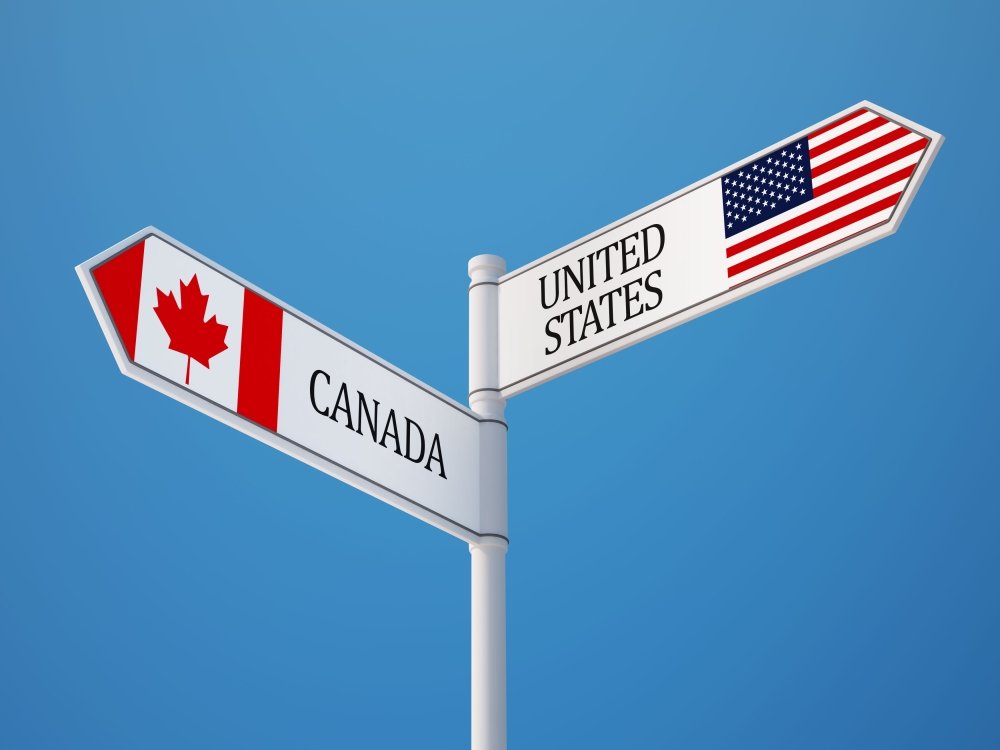Partition: The untold story of the role of aeroplanes
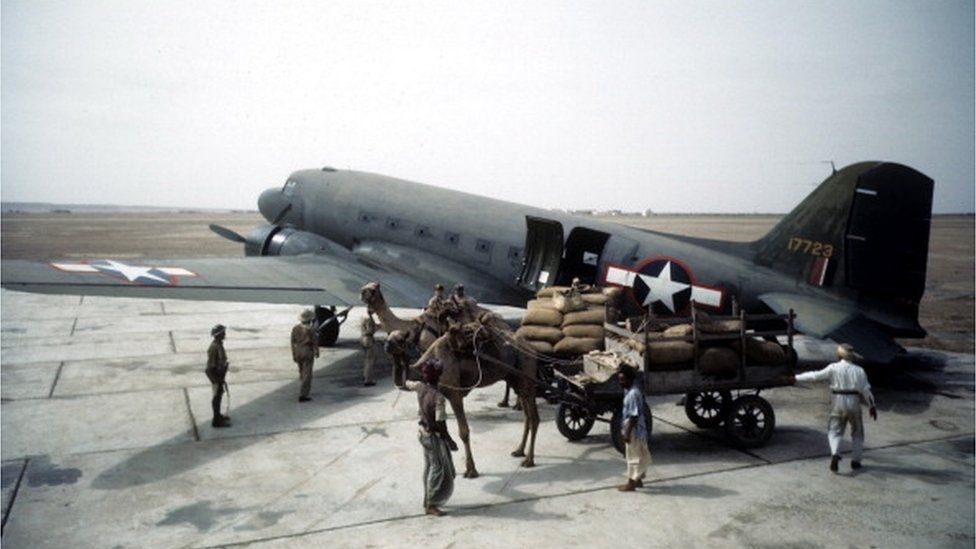 GETTY IMAGES
GETTY IMAGESIn his 1974 novel Tamas (Darkness), a vivid portrayal of the bloody partition of India, author Bhisham Sahni vividly depicts the atmosphere changing in a violence-wracked village as a plane circles above it thrice.
"People ventured out. The fighting seemed to have stopped and dead bodies were being disposed. People went back to their houses to assess their losses in terms of clothes and armaments."
Sahni wrote a fictional account of the carnage that accompanied the partition as it split the subcontinent into the new independent nations of India and Pakistan. Religious violence erupted, displacing some 12 million people, and claiming the lives of up to one million people.
Fiction might have been mirroring reality when the planes swooped over the troubled villages, suggests Aashique Ahmed Iqbal, an Indian historian.
The mere presence of the aircraft, he says, had a deterrent effect, dispersing mobs and giving villages time to prepare their defences. "The aeroplane played a small, but highly crucial role during the division of the British empire in India into the independent dominions of India and Pakistan," notes Mr Iqbal in his fascinating book, The Aeroplane and the Making of Modern India.
Of the 12 million people who fled from India and Pakistan, the overwhelming majority travelled by train, vehicle, cart and on foot. Up to 50,000 people - or less than 1% of the people evacuated - were flown out of what became India and Pakistan, Mr Iqbal says. A near-complete exchange of population was completed in three months, between September and November in 1947.
 GETTY IMAGES
GETTY IMAGESThe Royal Indian Air Force (RIAF) - the aerial force of British India and later the dominion of India - would play a key role in quelling disorder and help in evacuating partition refugees, notes Mr Iqbal.
Every morning, their aircraft embarked on tactical reconnaissance missions, flying over railway tracks to safeguard refugee-laden trains from potential mob ambushes, and checking the rails for any signs of tampering. The planes would also look out for armed mobs and communicate with trains using wireless radio.
In September 1947, aircraft flying over Punjab reported a startling sight: up to 30,000 refugees trekking on foot along a 25-mile (40-km) stretch, as recounted by Mr Iqbal. These planes detected lurking mobs poised to attack weary refugees, relaying their locations to military patrols. They witnessed ominous columns of smoke rising from incinerated villages. "If you flew low," Mr Iqbal writes, "you would spot bodies floating through Punjab's famous canal system."
That was not all. RIAF planes - mostly trusty Dakotas - transported 1.5 million doses of cholera vaccines from Delhi to Karachi to help prevent an epidemic in the unsanitary refugee camps. They also dropped cooked food, sugar and oil for refugees. Both India and Pakistan used planes to drop leaflets warning rioters to cease violence, Mr Iqbal writes. The RIAF also ended up evacuating non-Muslims from distant parts of Pakistan like Multan, Bannu and Peshawar.
In scenes reminiscent of the desperate Afghans who attempted to flee their country by running alongside and clinging to military jets at Kabul airport in August 2021, the airfields of Delhi and Punjab in 1947 also witnessed moments of "great danger and desperation".
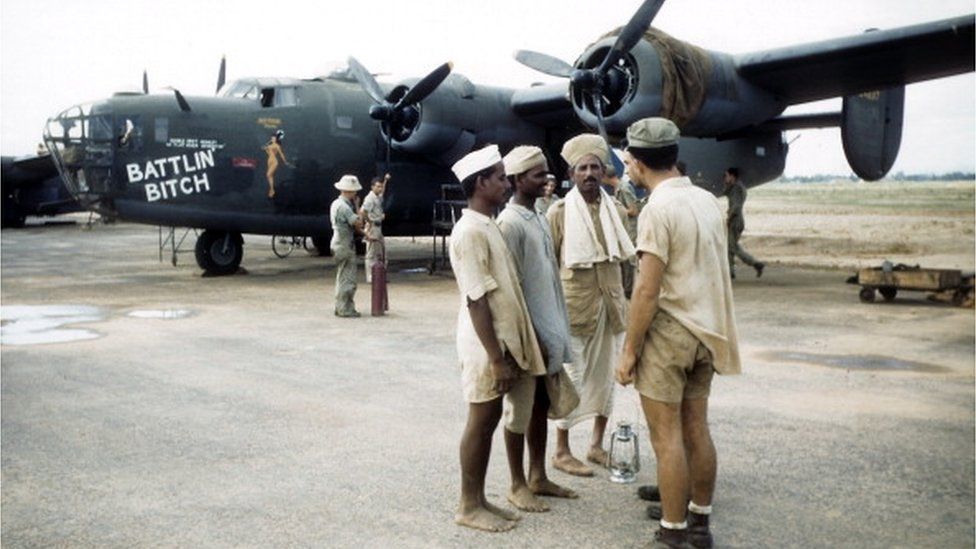 MICHAEL OCHS ARCHIVES
MICHAEL OCHS ARCHIVES"Refugees in camps near the airfields would rush to the planes as soon as they were permitted. Passengers desperate to be flown out of danger bribed crew with money and gold to board the plane," Mr Iqbal writes.
Tickets were expensive. Passengers were allowed to carry very little luggage: there are accounts of a refugee from Hyderabad in India carrying only her Quran to Pakistan; and others carrying a "battered child's cane chair" and a "moth-eaten-looking parrot".
Not surprisingly, the planes were packed to the gills. Seats and carpets were removed to accommodate as many refugees as possible. Dakota DC-3 planes meant to carry 21 passengers often carried five times the number.
A private airline technician was given a pair of knuckle-dusters by his pilot to control the crowds. "He would punch his way to the door collecting undercarriage pins and punch his way into the plane before firmly locking in," Mr Iqbal writes. Once the doors closed, the engines would start. "Then the crowd would automatically vanish due to the slip stream of the engines."
That no major crashes were reported because of the overcrowding, lax airport security and overworked planes was remarkable. "Refugees often crowded airfields before planes landed because of lack of security. Matters were not helped by hostility of the authorities to air crews of the 'other' country," writes Mr Iqbal.
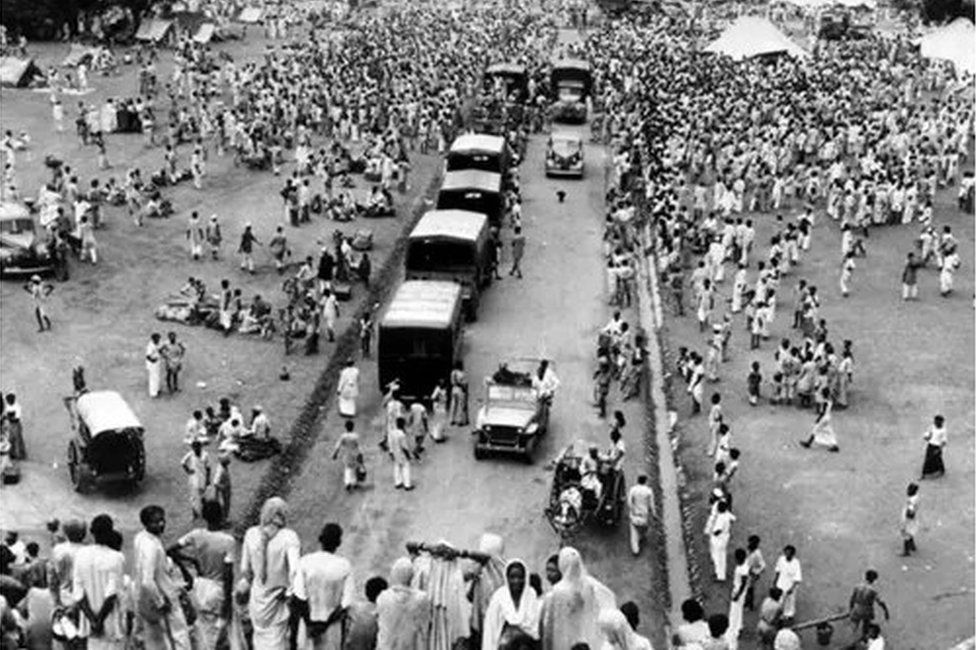 GETTY IMAGES
GETTY IMAGESBy early 1947, India had 115 civilian airplanes run by 11 private companies. The end of World War II had sparked an "unprecedented boom" for civil aviation as Indian companies bought cheap aircraft - mostly Douglas DC-3 Dakotas - left behind by the departing US forces. But there was a glut in supply and not enough demand and profits plummeted. During partition, civilian planes not flying on scheduled routes were diverted to ferry refugees from Pakistan to India; and 10 of these planes were made available for the government.
But civilian airline operators were not able to cope with the mass evacuation. They also refused to risk aircraft and personnel for this "impossible task". Eventually foreign help was sought: 21 British Overseas Airways Corporation (BOAC) planes flew "non-stop" for 15 days to move 6,300 people from Delhi to Karachi. They also carried 45,000kg of food, tents and vaccines for Muslim refugees stranded at Delhi airfields.
Two Royal Air Force transport aircraft deployed to evacuate British nationals were also used to evacuate some 12,000 people between India and Pakistan. Only 2,790 were British personnel; the rest would be railways, post, and telegraph employees who would play a key role in the exchange of population on the ground, writes Mr Iqbal.
By October 1947, India realised this effort was still not enough. This was when 'Operation India' was launched: over six weeks in October and November, 21 planes - mainly Dakotas chartered from eight British companies - transported 35,000 people and more than 1.5 million pounds of baggage between India and Pakistan. Some 170 aviation personnel were flown in from Britain to help.
Indian aviation companies were overwhelmed by the magnitude of evacuation, so both the governments had to rely on chartered British aircraft. And the use of planes, says Mr Iqbal, "enabled the rapid constitution of independent India in the crucial first months after Independence".
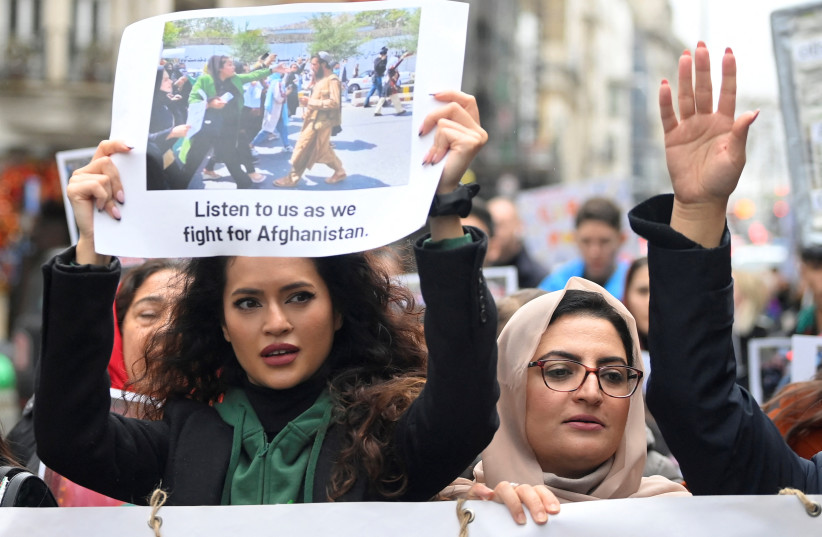
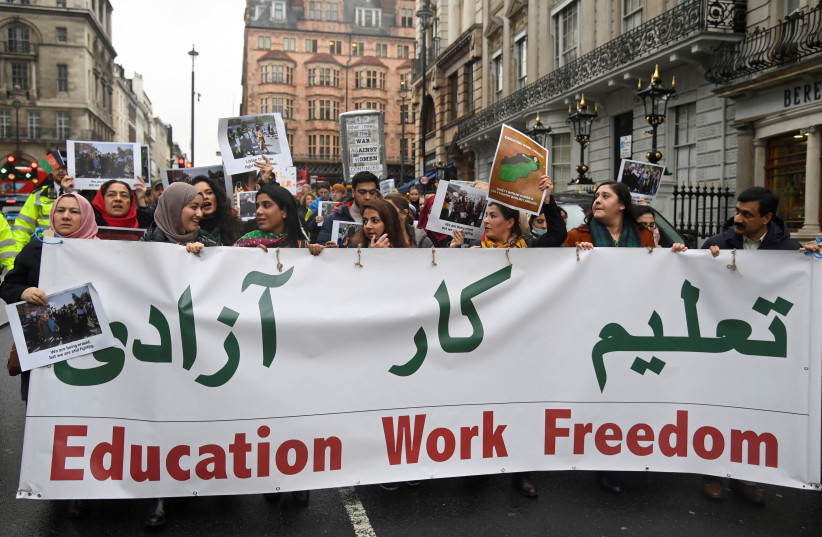
:quality(70)/cloudfront-eu-central-1.images.arcpublishing.com/thenational/ATHN5VRTPJEZFH4TPXKC5GEHL4.jpg)
